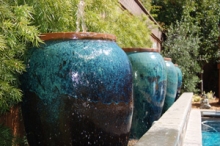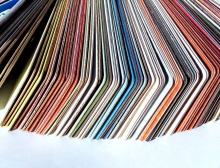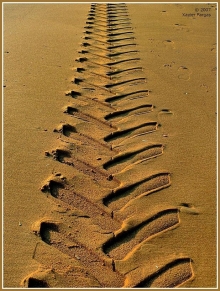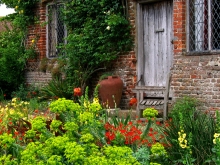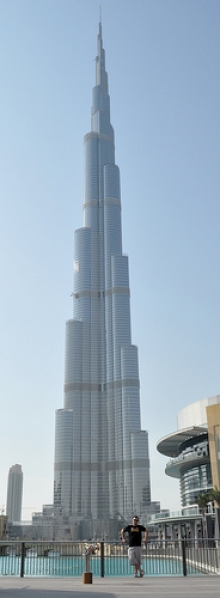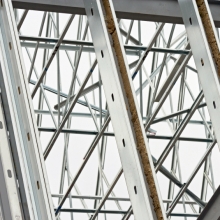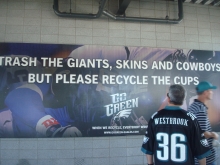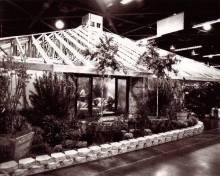Records are made to be broken. Most are unexpected, like the 100m world record shattered by Usain Bolt in the 2008 Beijing Olympics, but the world could see this one coming. Yesterday, in an unprecedented display of ceremonial hype usually reserved for major social goodwill events such as the Olympics, the opening of the Burj Dubai tower in the United Arab Emirates made it official. It is the new tallest building in the world, stretching more than a half mile into the sky. The Burj Dubai measures over 2625 ft (800m) and stacks over 160 floors of residential, hotel and office suites into a space-age, missile-like structure.
The Burj Dubai is the latest skyscraper from the prolific neck-bending designer Adrian Smith and his former firm SOM. The official website - Visit the Burj Dubai — The Tallest Building in the World - offers a glimpse into the vision, outlines the features and provides a comparison with the world's other tall towers.
Conceived to be one of the focal points of Dubai at the height of the massive construction boom, the tower opens in the midst of struggling world markets and stalled construction at other major Dubai projects. While certainly eliciting a few 'oohs' and 'aahs' from the average citizen, the project teeters on the ostentatious, especially taken in context of its immediate environment of Dubai. However, I would venture to say that among the design and construction community, the physical structure garners much curiosity and respect - never before has man reached this far into the clouds.

